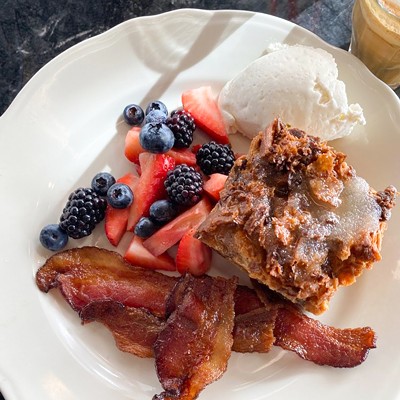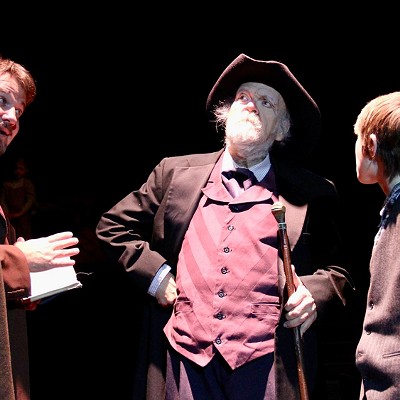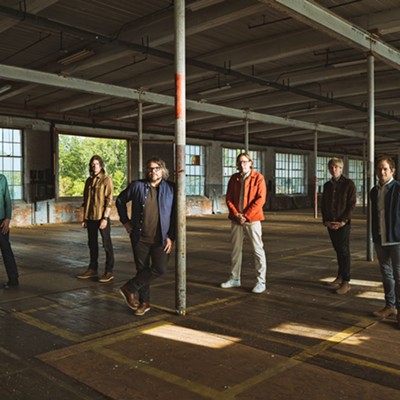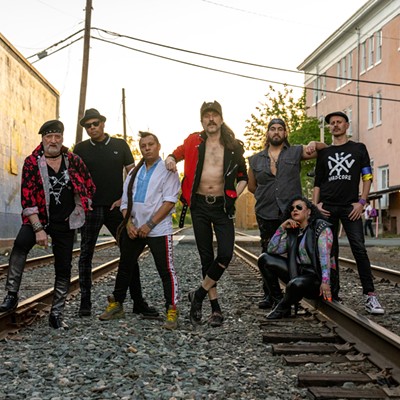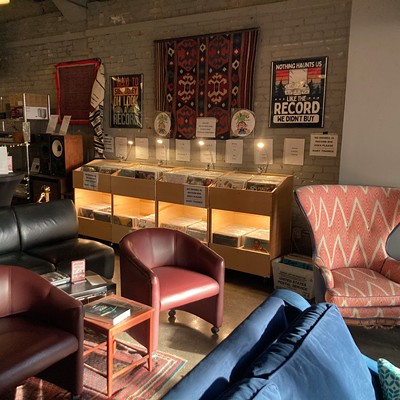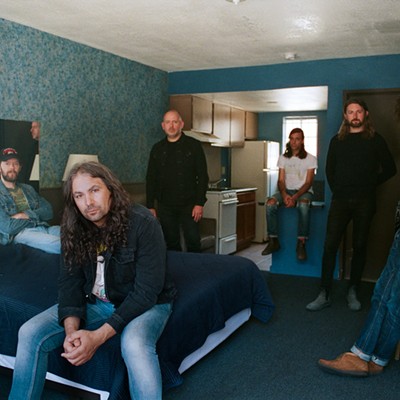Jonathan Byrd describes himself as a North Carolina picker and a Texas songwriter. It’s as apt a description as any, as his music unites the narrative influence of Texas country artists like Guy Clark and Townes Van Zandt with flat-picked country gone decaf, the slower pace allowing folky melodicism to waft forth.
He’s tipped his hat to those two principal inspirations on his last two albums, including last year’s “Cackalack.”
“I have a short attention span, but I like for all of them to sound like an album, so it’s good for me to pick themes like that,” said Byrd.
About a decade ago, he realized all his short-order jobs weren’t enabling music so much as standing in his way, so he took the plunge with his solo debut, “Wildflowers,” and started touring like a gypsy. “Not being able to really do anything else helps,” he said. “But in the end, it’s also spiritual. It’s a belief that the universe it wouldn’t allow me to fail at something I’m really good at, if I just apply myself. ... I can’t not do it. There’s nothing else that will satisfy me like this.”
In some ways, his recent discs were an exercise to tease out the essential elements of his fiddle-stomp style, which includes a dusty, windblown pallor; a downbeat manner; Bakersfield swing; and pure hill music. But he’s also aided other artists, like Nashville singer/songwriter Diana Jones, country-soul act Radio Soul and worldmusic duo Dromedary.
This whole idea of collaborating has seized Byrd, particularly in the quick, down-and-dirty method as he did with Jones. Indeed, during a four-month tour this spring, he recorded two separate albums in Canada and Texas when he had an open day.
“If you look at the careers of, say, James Brown, wherever they were on tour, they would hook up with a studio from time to time and just go record a bunch of stuff,” he said. “The people that play on the record really define the sound of the record. The artist is only one instrument. If I like their sound, there’s no way I can go somewhere else and reconstruct the sound they make, so I make the record there with them.
“It didn’t start this way for me, but the first time I ever did it, I thought, ‘That was incredible, because what we captured was real performances by humans. It’s got all this blood in it. It’s got all this heat.’ And I’ve done it that way ever since.”

